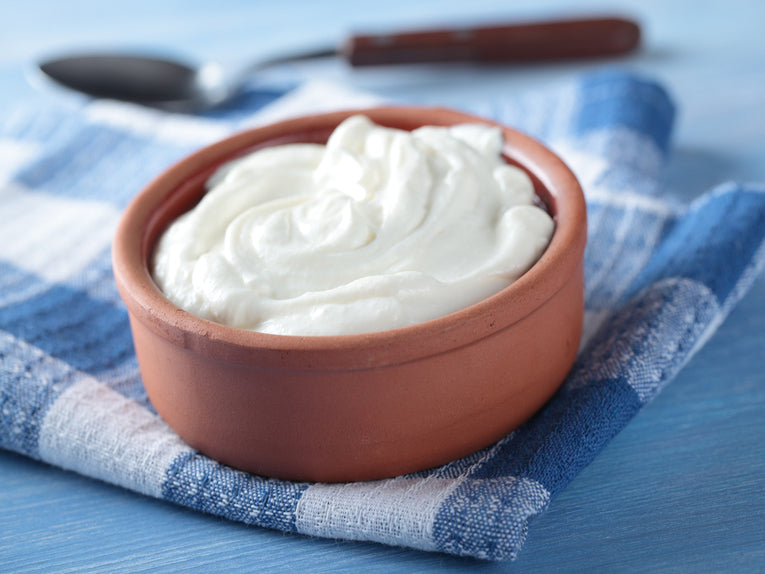The Greek yogurt industry has exploded into a $2 billion a year business. Dairy farmers and manufacturers are scrambling to keep up with the intense demand for this rich, creamy and delicious yogurt. Unlike traditional yogurt, Greek style yogurt is strained to remove liquid whey, which makes it more thick and creamy. As a result, it requires much more milk to produce. In fact, for every three or four ounces of milk, only one ounce of Greek yogurt is produced.
Acid whey—the by-product of Greek yogurt has significant environmental and economic impacts. As acidic as orange juice, it's made almost entirely of water, and contains only five to eight percent other materials: lactose, or milk sugar; some minerals; and a very small amount of proteins. If disposed of in waterways it affects the microbiology of the water, and will destroy much in its path.
The State of New York home to two major yogurt manufacturers - Fage and Chobani, supplies most of the yogurt in the United States. In order to keep up with demand, both companies must come up with creative solutions for whey disposal or use. The most common option of disposal is to haul the whey to farms located near the yogurt factories where it is often mixed into livestock feed or fertilizer. In the case of the Chobani factory, 70 percent of their whey ends up as a supplement for livestock feed.
Ken Dibbell, a farmer outside the Chobani factory, receives 16,000 gallons of whey seven days a week and receives $300 for every 6,000 gallon truckload. According to Dibbell, "It's not so easy to integrate acid whey into the workings of my farm. You can't feed your cows too much whey because its high sugar content upsets their digestive system and I can't use it too much as fertilizer for cropland because whey run-off pollutes nearby waterways".
Some farmers are using anaerobic digesters to turn the whey into energy for use on the farm and to be sold to the local utility. To make this happen, the whey is mixed with vast quantities of manure, which is stored in an underground concrete tank or anaerobic digester. The material is heated up and kept in the tank for about 20 days, during which time bacteria break up the organic material - the lactose, in the case of whey - and release gases, including methane. The gas is fed into generators that produce electricity to power the farm and to sell to the local utility for use elsewhere. However, the capital outlay for anaerobic digesters range from 500K to millions of dollars and only 20 of New York’s 5,200 dairy farms have an operating digester.
Currently, Stonyfield Farm and the Greek yogurt company Chobani are building anaerobic digesters to convert their waste whey into renewable sources of energy to power the factories. To move the Greek yogurt industry towards more sustainable practices, federal/state/local governments, NGO's, academia, manufacturers and local communities must work together.
Some creative ideas:










